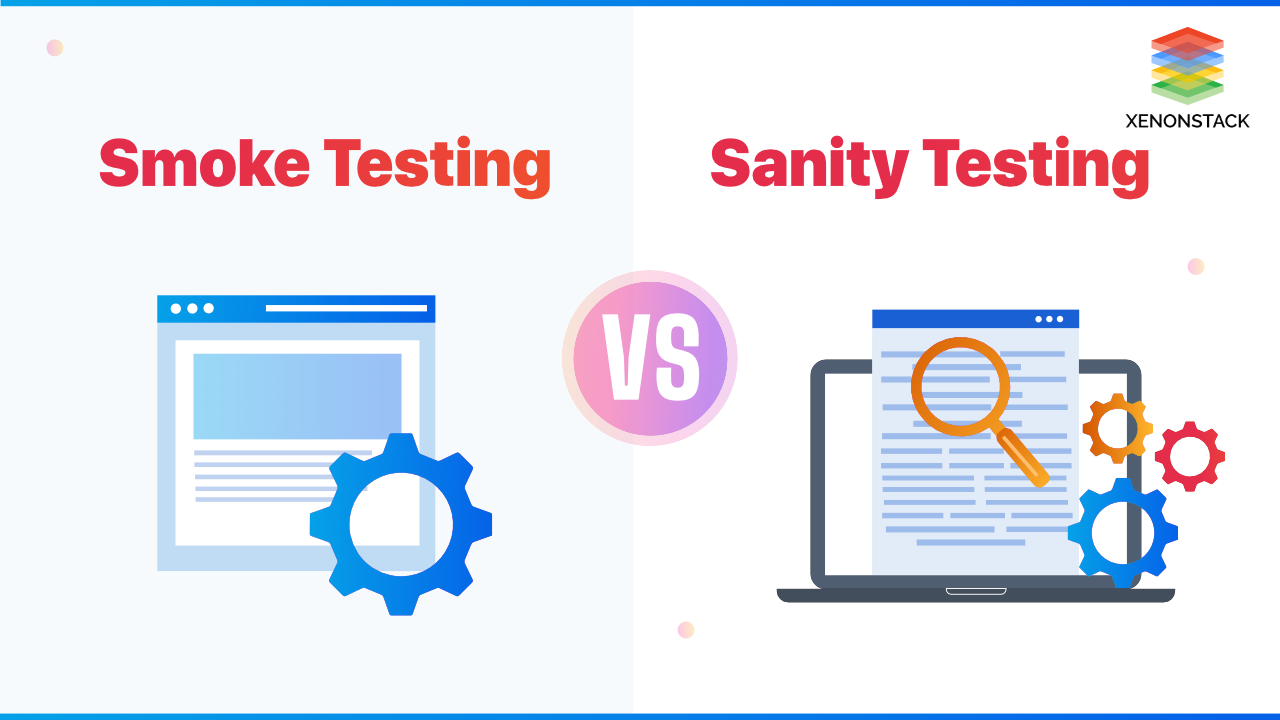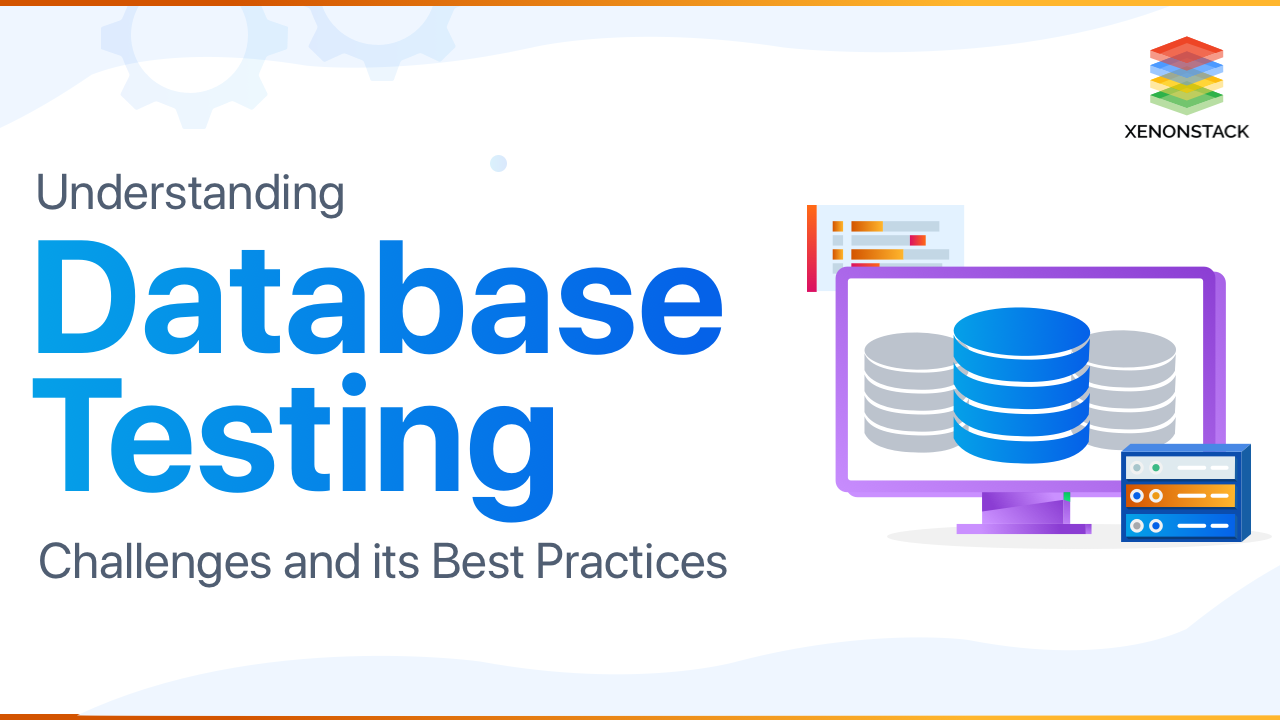
What is Smoke Testing?
Smoke testing is also known as build verification testing and is performed on the initial build. The goal is to identify any flaws in the early phases so that the QA team can acquire a stable build for testing, saving the QA team a substantial amount of labour and time. Smoke testing is a non-exhaustive method of testing the software's workflow through its paces. Smoke testing test cases can be taken from an existing set of test cases. If the build fails the smoke tests, it is flagged as refused.
Smoke Testing helps a QA team to get confirmation QA team can proceed for further testing or not. Click to explore about, Smoke Testing Best Practices
Why Smoke Testing is important?
The goal of smoke testing is to see if the QA team can continue with the rest of the testing. "Build Verification Testing" or "Confidence Testing" are other terms. It is vital to note that smoke testing does not account for new features, modifications, or issue fixes. Rather, it evaluates the important capabilities in isolation from the new addition, update, or remedy. Smoke testing does not seek to test the application exhaustively but rather tests only the most relevant functionality. A typical example of smoke testing is the successful activation of an application, log in, CRUD function, and user interface responsiveness.
When to perform Smoke Testing?
- When the development team sends a new build to the QA team. The developer has made new adjustments to the build.
- When a new module or feature is added.
What are the Pros and Cons of Smoke Testing?
The Pros and Cons of Smoke Testing are listed below:
Pros of Smoke Testing
- Smoke testing aids in the early detection of flaws throughout the testing process.
- It enhances the quality of risks while also lowering them.
- Smoke testing may be conducted rapidly and in a short amount of time.
- It assists in ensuring that the issues corrected in the previous version do not impact the application's core functionality.
- Smoke testing does not need the use of additional test cases.
Cons of Smoke Testing
- The smoke tests do not cover all of the application's features.
- Smoke tests are non-exhaustive tests with a limited number of test cases; they are unable to detect severe defects or performance issues in the application.
- Smoke testing does not detect negative conditions or false data.
System Testing enables to test, validate and verify both the Application Architecture and Business requirements. Click to explore about, System Testing Tools
What is Sanity Testing?
Sanity testing is carried out on a stable build that reflects minimal code/functionality changes to guarantee that no current functionality is damaged due to the changes. A subset of regression tests is run on the build to do this.
It is done to ensure that the application is still correct after the modifications have been made. Random inputs and tests are used to check the software's functionality, emphasising the modifications made. The build is then put through further testing after passing the sanity test.
Why Sanity Testing is important?
Sanity testing aims to make sure that the new features and bug fixes are operating correctly. Sanity Testing is also known as "Tester Acceptance Testing".Sanity testing provides rapid, wide, and shallow testing to assess if additional testing is possible and appropriate. It is a non-scripted type of testing that determines whether or not a tiny portion of an application works as intended after a modification or update.
When to perform Sanity Testing?
- When the defect/bug has been resolved.
- When a tester receives a software build that has small code modifications.
A type of testing to prove that software application is working as per requirements as mentioned in the specified documents. Click to explore about, Sanity Testing Techniques and Tools
What are the Pros and Cons of Sanity Testing?
The Pros and Cons of Sanity Testing are described below:
Pros of Sanity Testing
- Sanity testing aids in rapidly identifying problems and the prompt reporting of such problems.
- There is no need for documentation because the test cases take less time to complete than other tests.
- The build is discarded if any problems are discovered during smoke testing, saving time and effort.
- Because sanity testing is only focused on one or a few functional areas, it will save time and effort during the testing process.
Cons of Sanity Testing
- Sanity testing concentrates solely on the application's commands and operations.
- Sanity tests focus just on a few features, and it's difficult to find big issues during them.
- Future references are not provided since the sanity tests are unscripted.
Sanity tests do not apply to all test scenarios.

Smoke Testing vs Sanity Testing
|
Smoke Testing |
Sanity Testing |
|
The entire system is pushed through its paces during smoke testing. |
During sanity testing, only one component of the complete system is tested. |
|
Smoke Testing is used to ensure that the application's essential functions are operating properly. |
Sanity testing is used to ensure that new features and issues have been addressed. |
|
The goal of the testing is to ensure that the system is stable before moving on to more thorough testing. |
The goal of the testing is to ensure that the system is reasonable before moving on to more thorough testing. |
|
Typically, smoke testing is documented and programmed. |
Sanity testing is unplanned and undocumented. |
|
Smoke testing is a subcategory of acceptance testing. |
Sanity testing is a subcategory of regression testing. |
|
The initial build is subjected to smoke testing. |
Sanity testing is carried out on stable builds or for new software features. |
|
Smoke testing is similar to a general health examination. |
Sanity testing is similar to a specialized health examination. |
Conclusion
Smoke and sanity testing are essential in the development of a project. A smoke test is used to validate whether or not the fundamental features of a given build are operating correctly. The purpose of sanity testing is to determine whether or not the build is ready to proceed to the next step of testing.
First, smoke testing is conducted, followed by sanity testing. Smoke tests are performed early in the SDLC process to test the fundamental operations of the programme. In contrast, sanity tests are performed late in the SDLC process to test the high-level functionality of the software. Both Sanity and Smoke tests have one thing in common: they are used to prevent wasting time and effort by immediately determining whether or not an application is ready for more severe testing.
- Discover more about Functional Testing Types and its Benefits
- Read here about Software Testing Best Practices


